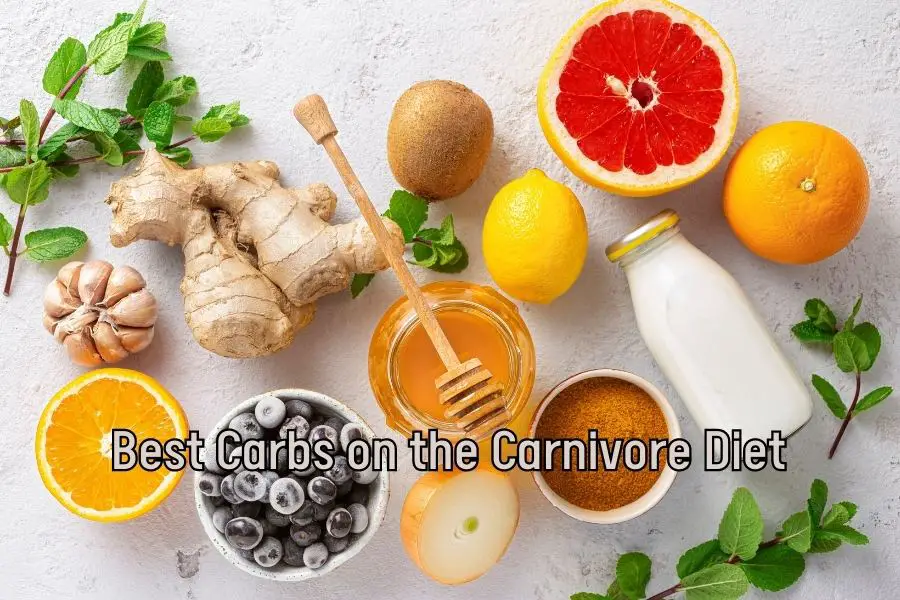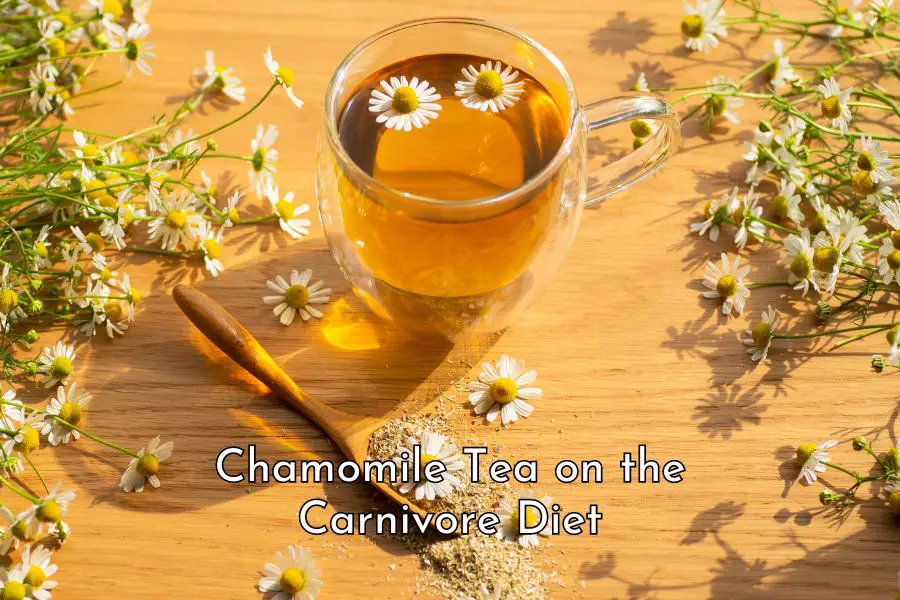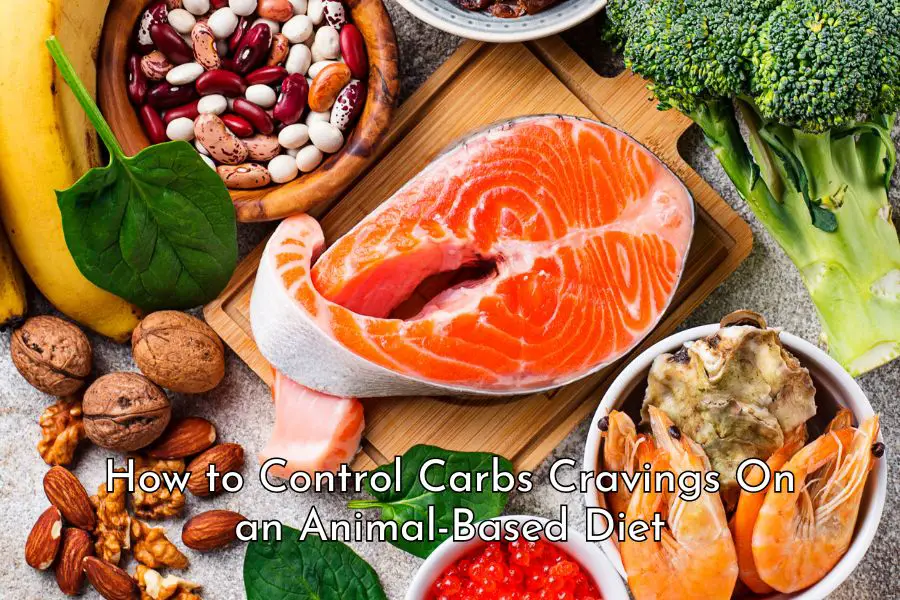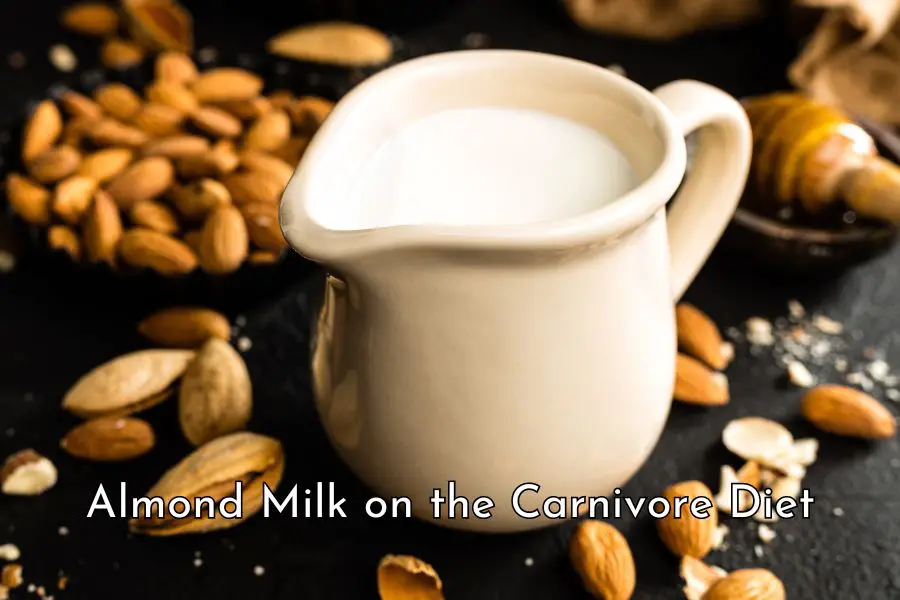Animal-sourced food has every nutrient that your body needs and many people are thriving on a strict carnivore diet, eating just meat. However, some people claim that they feel better on a meat-based diet that includes a moderate amount of carbohydrates. If you are one of those, check out below the best sources of carbohydrates that you may want to consider making them a part of your animal-based diet.
1. Milk
Milk, if tolerated, is the best source of carbohydrates on an animal-based diet because it is super nutrient-dense and offers complete proteins, beneficial fats, and a range of essential vitamins and minerals in optimal natural proportions. Milk is also highly bioavailable, devoid of toxins found in plant-based alternatives, and associated with numerous protective health benefits.
Not only milk is a source of carbohydrates but it also provides complete proteins, good fats and many essential vitamins and minerals in perfect natural ratios. One cup of whole milk contains 8 grams of protein, 8 grams of fat, and 12 grams of carbohydrates and is a great source of riboflavin, vitamin A, B12, calcium, phosphorous, potassium, magnesium, zinc, and selenium. [1]
Milk is considered one of nature’s genuine super foods. The fact that milk contains all nutrients that an infant mammal ever needs to grow into a healthy young animal shows how nutritious it is and how fortunate we are to have access to milk.
Real milk (e.g. cow, goat, and sheep’s milk) is also highly bio-available, free from toxins (unlike plant-based milk), and has many protective benefits. A diet high in milk and dairy products is associated with: [2]
- Reduced risk of childhood obesity
- Improvement in body composition and facilitation of weight loss during energy restriction
- A neutral or reduced risk of type 2 diabetes
- Reduced risk of cardiovascular disease, particularly stroke
- Better bone health in childhood and adolescence
- Lower risk of bowel cancer, bladder cancer, gastric cancer, and breast cancer, and not associated with risk of pancreatic cancer, ovarian cancer, or lung cancer.
Raw milk, a living food, is even better with many added health benefits not found in pasteurized milk.
Raw milk itself is the only food with built-in anti-pathogen mechanisms that kill pathogens that have contaminated the milk and prevent pathogen absorption across the intestinal wall. It also has components that strengthen the immune system including lymphocytes, immunoglobulins, antibodies, hormones, and growth factors. Pasteurization destroys many of these anti-microbial and immune-enhancing components and ultra-pasteurization completely destroys them. [3]
Raw milk has many amazing health benefits that are not found in pasteurized milk. For example, raw milk contains many bioactive components and offers protection against the development of asthma, allergic diseases, rhinitis, respiratory tract infection, otitis, and fever. [4]
If you want to add milk to your diet, you should try out raw milk first. Raw milk intended to be consumed raw is very safe because there are strict management practices in place to ensure the animals are healthy and the milk is clean. [5]
If you can’t get access to raw milk, unhomogenized and pasteurized milk is the second best due to minimum processing involved. This type of milk is only heated to about 74 degrees for about 15 seconds.
Please avoid all other milks like:
- Homogenized and pasteurized (which has been heat-treated with fat globules in milk broken down so that the cream does not separate)
- Long-life milk, homogenized and ultra-heat-treated (ultra-heat treated to a higher temperature for a longer time and fat globules are broken down and dispersed)
- Flavored milk like strawberry, chocolate, oat, and almond milk (they usually have added sugar and sometimes artificial flavorings and colorings)
- Plant-based milk (e.g. soy milk, almond milk, rice milk, oat milk, etc which often contain added sugar, salt, vegetable oil, thickener, and artificial flavors. Plant based milk may be fortified with vitamins and minerals to appear healthy but nothing beats nature-made, super nutrient-dense and unprocessed animal milk).
2. Honey
Honey is another good source of carbohydrates. It contains mainly sugar but also provides trace amounts of vitamins and minerals and has therapeutic properties, including antioxidants, anti-inflammatory, antimicrobial, and anti-tumor effects. However, due to its high sugar content, honey should be consumed in moderation and is best suited for metabolically healthy individuals.
Honey is mostly sugar (82.4 grams of sugar per 100 grams of honey) but also has trace amounts of some vitamins and minerals including vitamin C, riboflavin, niacin, vitamin B6, vitamin B5, calcium, iron, potassium, zinc, copper, manganese, and selenium.
However, honey has been treasured by mankind since ancient times not just as a source of energy but also for its therapeutic properties. Honey has antioxidant, anti-inflammatory, antimicrobial, antiproliferative, and anti-tumor properties. [6, 7, 8, 9, 10, 11]
Honey has been used in traditional medicines to address various health concerns such as eye diseases, bronchial asthma, throat infections, tuberculosis, thirst, hiccups, fatigue, dizziness, hepatitis, constipation, worm infestation, piles, eczema, and healing of ulcers and wounds. [12]
Honey is a better source of carbohydrates than processed sugar due to its nutritional content and antioxidant, anti-microbial and anti-inflammatory properties. Another good thing about honey is it doesn’t contain plant anti-nutrients like fruits and other plant-based sources of carbs (but may contain trace amounts of pollen that can cause allergic reactions in some people).
However, honey is still extremely high in sugar and you should only include honey in your diet if you are metabolically healthy and are able to keep its consumption in moderation.
Pure raw and unfiltered honey is the best. If you can’t get access to good quality honey, it’s better to avoid honey altogether because eating fake and adulterated honey is like consuming processed sugar.
3. Fruits
Fruit is a source of low toxin carbohydrates that you can add to your animal-based diet. However, all fruits have anti-nutrients and if you want to add fruits to your diet, it’s best to eat them in small quantities and eat them with seasons.
There is an argument that fruits are the only part of plants that are meant to be eaten because that helps plants to propagate.
The theory goes like this: plants want to spread their seeds far from their sources for better survival and have developed a way to communicate with animals via vibrant colors, fragrances, and tastes of the fruits. When fruits ripen, their toxin levels are low because plants “want” us to eat their fruits and spread the seeds.
However, this has never been proven and doesn’t explain why so many colorful and inviting fruits are poisonous to humans and some animals and why the majority of fruits we encounter in the wild are inedible. It is more likely the case that plants still don’t want their fruits to be eaten but some species have evolved and adapted over time and are able to eat those fruits without any apparent health issues.
People may have less problems with eating fruits but that doesn’t mean fruits are toxin free, for example:
- Berries: berries are low in sugar and calories but some berries can be high in oxalate and salicylate
- Avocados: avocado flesh is rich in many essential nutrients, high in good fat, low in sugar but avocado is very high in polyols (naturally occurring sugar alcohols) which can cause gut issues like bloating, pain, and altered bowel habit
- Bananas: banana contains a wide variety of antinutrients, including alkaloid, oxalate, phytate, saponins, cyanide, and tannins. In addition, banana contains a molecule called thaumatin-like protein which is known to increase intestinal permeability [13, 14, 15]
- Apples: apple contains anti-nutrients like oxalate, cyanide, alkaloid, phytate, tanins, trypsin inhibitors, and saponins [16]
- Mangoes: mango is delicious and a good source of vitamin C, copper and folate but mango contain oxalate, cyanide, alkaloid and phytates [17, 18]
- Lemons: lemon juice is very low in sugar but rich in vitamin C and has trace amounts of other vitamins and minerals, however, lemon juice is naturally acidic and consuming too much can cause enamel erosivity [19]
- Citrus: citrus fruit is a good source of many vitamins and minerals but also contain many anti-nutrients like phytic acid, tannin, alkaloid, saponin, oxalate, and coumarin. [20, 21]
Therefore, even if fruit is considered low in plant toxins relative to other plant-based foods, it is best to consume them in moderation and with seasons so that your body can cycle through those toxins and has enough time to process and detox.
4. Other carbs
Other potential good sources of carbs that you may add to an animal-based diet are roots, tubers, grains, and some vegetables that are technically fruits. For example:
- Potato
- Squash (e.g. zucchini, buttercup, crookneck, cousa)
- Carrots
- Sweet potatoes
- Coconut
- Cucumbers
- Algae (e.g. seaweed, kelp, wakame, nori, spirulina)
- White rice.
While I don’t have full information on the anti-nutrient contents of the above foods, they seem to be less problematic for most people compared to most grains, nuts and seeds. For example, white rice has been a food staple for billions of people around the world, especially in Asia. Sweet potato and seaweed are the staple of the traditional Okinawa diet which has been credited with giving the Okinawan population some of the longest lifespans on the planet.
Like fruits, these carbohydrate sources, of course, contain some anti-nutrients (e.g. potato has oxalate, phytate and glycoalkaloids, rice has arsenic, and sweet potato has oxalate, tannin, and phytate). If you are metabolically healthy and want to include those carbs in your diet, do test them out to see if you can handle them okay. [22, 23, 24, 25]
the 27 natural pesticides that are rodent carcinogens are present in the following foods: anise, apple, apricot, banana, basil, broccoli, brussels sprouts, cabbage, cantaloupe, caraway, carrot, cauliflower, celery, cherries, cinnamon, cloves, cocoa, coffee, collard greens, comfrey herb tea, currants, dill, eggplant, endive, fennel, grapefruit juice, grapes, guava, honey, honeydew melon, horseradish, kale, lentils, lettuce, mango, mushrooms, mustard, nutmeg, orange juice, parsley, parsnip, peach, pear, peas, black pepper, pineapple, plum, potato, radish, raspberries, rosemary, sesame seeds, tarragon, tea, tomato, and turnip. Thus, it is probable that almost every fruit and vegetable in the supermarket contains natural plant pesticides that are rodent carcinogens. The levels of these 27 rodent carcinogens in the above plants are commonly thousands of times higher than the levels of synthetic pesticides
Ames et al (1990)
As with fruits, if you want to include these carbs in your diet, it’s better to cycle through them rather than eating a few types on a regular basis.
Green leafy vegetables should be avoided for, although they may be rich in nutrients, they are also high in anti-nutrients. Because you are looking to add carbs to your meat-based diet, green leafy vegetables are low in carbs and not what you are after. [26]
Conclusion
Although carbohydrates are not essential and your body can produce carbohydrate on an as-needed basis, some people say they feel better when they add carbohydrates to their diet. If you are one of those, raw milk, raw honey, seasonal fruits and some roots, tubers and vegetable fruits are good sources of carbohydrates.
Other posts you might be interested in:
How Long Does It Take to See Results on the Carnivore Diet?
Is the Carnivore Diet Unhealthy Long-term?
What Is the Best Meat to Eat on the Carnivore Diet?
How to Carnivore Diet While Traveling
What Are the Best Ways to Cook Meat on the Carnivore Diet?
Is Carnivore the Best Anti-Aging Diet Around?
11 Common Carnivore Diet Mistakes
Carnivore Diet for Beginners: 15 Tips for Success
Disclaimer: The information in this post is for reference purposes only and is not intended to constitute or replace professional medical advice. Please consult a qualified medical professional before making any changes to your diet or lifestyle. Please check out our disclaimer for more detail.





